![[IMG]](https://redirect.viglink.com/?format=go&jsonp=vglnk_152197575101416&key=1e99669452acedd7650a94861c9354cb&libId=jf6oeuqs0101zlp1000DA3ee5spfq&loc=https%3A%2F%2Fwww.head-fi.org%2Fshowcase%2Ffiio-q5-flagship-bluetooth-and-dsd-capable-dac-amplifier.22846%2Frate-review&v=1&out=https%3A%2F%2Fcdn.head-fi.org%2Fa%2F10088509.jpg&ref=https%3A%2F%2Fwww.head-fi.org%2Fshowcase%2Ffiio-q5-flagship-bluetooth-and-dsd-capable-dac-amplifier.22846%2Freviews&title=Rate%20%26%20Review%3A%20FiiO%20Q5%20Flagship%20Bluetooth%20and%20DSD-Capable%20DAC%20%26%20Amplifier%20%7C%20Head-Fi.org&txt=ChrisBa_2.jpg)
Connectivity
Bluetooth (AptX!) for me is “a” great (if not “the” major-versatility-) feature, as this does eliminate the need for stacking and gives you the opportunity to walk away over 10 meters from your source (direct distance with no walls between) without losing the signal. It’s possible to use the play/pause, skip or rewind buttons also on the Q5 instead of the sourcedevice.
The step up in sound quality using the Q5 with my S7 was outstanding (esp. at higher volume)!
But you also can use the 3-pole analogue cable – or a 4-pole (double sided or one sided to RCA) coaxial cables as well as the optical adapter and the USB cable as output for digital sources for bit-perfect playback over the Q5 (with DSD256: up to 256 times the sample rate of a CD).
I fell in love with the warm sound of my X5 III and wondered if and how the Q5 would match and enhance the experience. I’ll get to this point in detail at the Sound part of the review but in advance: Bluetooth provided a crispy clear and airy response with a punchy bass, same with every device – but using a double sided 4 pole 3.5 mm jack coaxialcable delivered the best sound impression, keeping the warm sound of the X5 III combined with the strength and airiness of the Q5.
As many would ask:
Yes – my S7 also got drained while digitally connected with the Q5 using my own 2 different OTG adapters!
I remember there already have been some hints for 5 pin OTG adapters or manually manipulated ones working and other member’s setups working without any modifications (at least as I remember– please check “Q1 Mk II” threads).
This uncertainty seems to be the reason for FiiO to skip the OTG adapter from the accessories list (to eliminate the source for arguing with users of the many different androiddevices).
It won’t be of much interest for me, because I’d either choose Bluetooth or double sided 3.5 mm jack when wired.
![[IMG]](https://redirect.viglink.com/?format=go&jsonp=vglnk_152197586515619&key=1e99669452acedd7650a94861c9354cb&libId=jf6oeuqs0101zlp1000DA3ee5spfq&loc=https%3A%2F%2Fwww.head-fi.org%2Fshowcase%2Ffiio-q5-flagship-bluetooth-and-dsd-capable-dac-amplifier.22846%2Frate-review&v=1&out=https%3A%2F%2Fcdn.head-fi.org%2Fa%2F10088510.jpg&ref=https%3A%2F%2Fwww.head-fi.org%2Fshowcase%2Ffiio-q5-flagship-bluetooth-and-dsd-capable-dac-amplifier.22846%2Freviews&title=Rate%20%26%20Review%3A%20FiiO%20Q5%20Flagship%20Bluetooth%20and%20DSD-Capable%20DAC%20%26%20Amplifier%20%7C%20Head-Fi.org&txt=ChrisBa_3.jpg)
![[IMG]](https://redirect.viglink.com/?format=go&jsonp=vglnk_152197590850820&key=1e99669452acedd7650a94861c9354cb&libId=jf6oeuqs0101zlp1000DA3ee5spfq&loc=https%3A%2F%2Fwww.head-fi.org%2Fshowcase%2Ffiio-q5-flagship-bluetooth-and-dsd-capable-dac-amplifier.22846%2Frate-review&v=1&out=https%3A%2F%2Fcdn.head-fi.org%2Fa%2F10088511.jpg&ref=https%3A%2F%2Fwww.head-fi.org%2Fshowcase%2Ffiio-q5-flagship-bluetooth-and-dsd-capable-dac-amplifier.22846%2Freviews&title=Rate%20%26%20Review%3A%20FiiO%20Q5%20Flagship%20Bluetooth%20and%20DSD-Capable%20DAC%20%26%20Amplifier%20%7C%20Head-Fi.org&txt=ChrisBa_4.jpg)
Build quality
The build quality is on par with all the other new audiophile mid- to high-end devices appearing on the market these days:
Aluminium body – partially brushed, with leather like looking plastic on the back, preventing scratches on your wooden table or the device you attach it to.
![[IMG]](https://redirect.viglink.com/?format=go&jsonp=vglnk_152197595928422&key=1e99669452acedd7650a94861c9354cb&libId=jf6oeuqs0101zlp1000DA3ee5spfq&loc=https%3A%2F%2Fwww.head-fi.org%2Fshowcase%2Ffiio-q5-flagship-bluetooth-and-dsd-capable-dac-amplifier.22846%2Frate-review&v=1&out=https%3A%2F%2Fcdn.head-fi.org%2Fa%2F10088512.jpg&ref=https%3A%2F%2Fwww.head-fi.org%2Fshowcase%2Ffiio-q5-flagship-bluetooth-and-dsd-capable-dac-amplifier.22846%2Freviews&title=Rate%20%26%20Review%3A%20FiiO%20Q5%20Flagship%20Bluetooth%20and%20DSD-Capable%20DAC%20%26%20Amplifier%20%7C%20Head-Fi.org&txt=ChrisBa_5.jpg)
Devices used and strategy of comparison
Disclaimer:
The impressions described here are totally subjective and are biased by the songs I’ve chosen as my standard checklist and the headphones I used.
Please do yourself one favour: actually try to get the chance to audition the Q5 with your personal setup and songs!
Maybe wait for the Q5 to appear at your local HiFi store or – if you can’t wait – use the possibilities (returning goods) the big web shops provide.
Player
The comparisons are mainly done using those devices:
Phone: S7 with built-in/Google Music/Neutron/Hiby/Onkyo-HF - Players
DAP: X5 III
using 320 kbps MP3, FLAC up to 2 Mbps and some DSD samples (DSD64-256).
Headphones
The following headphones were used in descending order of preference
FiiO F9 – IEMs (yes, the originals, as for me they’re providing the widest and deepest soundstage – I do not like the Pros as much – Want to buy them? Just PM me  …)
…)
PSB M4U 2 – Closed Overears (soundstage a bit less wide but nearly the same depth, with best instrument representation)
FiiO FH1 – IEMs (more bass, but sometimes little bleeding into the mids)
FiiO F9 Pro – IEMs (I don’t like the peaks between 2 and 4 kHz, wrong sound signature for me)
Teufel Areol Real – Open Overears (for everyday listening without getting deep into music)
For this review, I concentrated on the first 3 devices mentioned, providing the best sound to my ears.
![[IMG]](https://redirect.viglink.com/?format=go&jsonp=vglnk_152197619885224&key=1e99669452acedd7650a94861c9354cb&libId=jf6oeuqs0101zlp1000DA3ee5spfq&loc=https%3A%2F%2Fwww.head-fi.org%2Fshowcase%2Ffiio-q5-flagship-bluetooth-and-dsd-capable-dac-amplifier.22846%2Frate-review&v=1&out=https%3A%2F%2Fcdn.head-fi.org%2Fa%2F10088516.jpg&ref=https%3A%2F%2Fwww.head-fi.org%2Fshowcase%2Ffiio-q5-flagship-bluetooth-and-dsd-capable-dac-amplifier.22846%2Freviews&title=Rate%20%26%20Review%3A%20FiiO%20Q5%20Flagship%20Bluetooth%20and%20DSD-Capable%20DAC%20%26%20Amplifier%20%7C%20Head-Fi.org&txt=ChrisBa_6.jpg)
Sound quality
To give an impression of the power you can get out of the Q5, I’ll let you know the level where the sound subjectively happens to be very loud but still enjoyable.
Using the S7 for sound quality testing between the different modes made no sense. The X5 III was simply superior – so I retained it for all the tests: X5 III solo vs. Q5+X5 III (short: “Q5”).
My baseline was the X5 III’s solo maximum enjoyable volume at Low Gain compared with it connected to the Q5 also at Low Gain (volume knob imaged like a watch with dot for “off” at 6 o’clock) – depending on the genre (e.g.: classic vs. hard rock).
Subjectively I think you can get more volume from the connected Q5 at an enjoyable level, compared to X5 III solo.
Low Gain max enjoyable volume for
Overears:
PSB @ X5 III: 70 to 90
PSB @ Q5: 11 to 2 o’clock
IEMs:
F9/FH1 @ X5 III: 75 to 85
F9/FH1 @ Q5: 10 to 12 o’clock
With
X5 III having its max at 120
Q5 having its max at 4 o’clock
there is plenty of headroom while switching to high you can decrease the settings level by
at least 10 points for the X5 III and
at least 1 “hour” for the Q5
Songs used for testing
These songs are my main test candidates and I want to describe how I used them and the key insights they provided.
Maybe I’m A Leo (Glenn Hughes & Chad Smith ; Re-Machined – A Tribute to Deep Purple ; MP3)
This song often gets fatiguing when played with a bad source and/or critical headphones:
The intro’s bass part gives a good impression of the device’s bass response and the capabilities in instrument separation.
The difference between S7 (sounding like a garbage can compared to FiiO’s Q5) and esp. the combination of X5 III with Q5 was night and day. This combo makes it enjoyable even at a fairly-high volume.
Cinderella Smile (Mr. Big ; Stories We Could Tell ; MP3)
Billy Sheehan‘s bass sounds the way I love it. A full and well defined low end should be produced without effort and the upper frequencies of his strings should be good audible – like a low string of a good (grand) piano.
Where the X5 III’s tamed treble is holding something back the Q5 provides phenomenal separation and airy treble – and you can even use the bass boost without harm.
The PSBs can be driven by the Q5 without thinking again of Room Feel tm – there’s nearly no difference audible with or without it, besides of the additional noise introduced by this active PSB part when activated.
Hotel California (The Eagles ; Hell Freezes Over ; WAV)
The guitar in the intro should sound warm and sparkling, with high dynamic range. Then the kick drum comes in – here the bass will be hit or miss.
The main part of interest (for my tests) is when the intro comes to its end and you can hear the crowd flare up celebrating their heroes.
This song is another example for delightfully using the bass boost. I enjoyed it with all headphones (PSB doesn’t improve that much but you can use it), except the FH1 which almost gets bloomy in bass.
Emergency (Roachford ; Permanent Shade of Blue ; MP3)
All instruments should simply “work” together, as the mix is very laid back but nevertheless very groovy.
Ideally this song should extend in the lows and develop its drive without having to be pushed to loudest volumes.
Rocks On The Road (Jethro Tull ; A Little Light Music ; FLAC)
Ian Anderson’s voice is mixed very (too?) bassy and this live concert presents a very large stage.
The auditor can easily distinguish between clean and genuine sounding devices compared to enhancing ones esp. concerning the bass section.
My A-B headphone test with a colleague unmasked his Skull Candy headphones as intolerably bass-heavy for me, when we checked out this song.
Royal Station 4-16 (Melissa Etheridge ; Brave And Crazy ; FLAC)
One of my favourite songs! You could figuratively imagine the screeching steel wheels on the rails, smell the steam, feel the engine stamping.
Melissa’s voice and especially the harp played by U2’s Bono gives you the chance to find out if something sounds too bright or even harsh.
Gypsy (Suzanne Vega ; Solitude Standing ; WAV)
This last song on my list (not to mention the different DSD stuff only used to round the test) is the one, I always use to check a device for its ability to shine.
The song is sparingly instrumented but if you listen closely, you can easily hear differences in imaging when using different gears. Suzanne’s voice is at the edge of clashing – and this would be annoying with the wrong device.
Sound differences between modes
Bluetooth = Blue Light – regardless of the source (set to max volume):
The sound is very neutral with just about enough yet punchy bass, resolving mids and precise treble, which for me is on the edge of being fatiguing. Using the bass boost helps bringing more warmth into the sound.
My headphones reacted as follows – beforehand: in general bass boost is helpful at very low volumes (though not needed with FH1).
PSBs:
The most enjoyable way to bring in more punch was to use the built-in amplifier of the PSBs (called: Room Feel tm). Using the bass boost of Q5 with higher volume made the bass bleeding into the mids resulting in a somewhat muddy sound.
FiiO F9s:
Very similar feeling to the PSBs but slightly sharp (almost harsh) treble. In contrast to the PSBs the bass boost does a great job here! The sound gets more punch in the bass and only a bit in the lower mids, keeping it enjoyable especially in quieter situations (listening before going to sleep). Bass boost on while listening louder comes around 11 o’clock to the point where you can disable it without missing bass.
FiiO FH1:
Same as F9s but no need for bass boost. For bass-heavy songs it sometimes gets even too much to be bearable, but I enabled it during a live-video listening session of Snarky Puppy and Cory Henry & The Funk Apostles where the boost gave them the extra live bass kick as you would experience standing in the first rows (near the speakers).
Of course, there are many options using the EQ of your source device, but unfortunately X5 III owners are limited to the EQ of the FiiO Music app (no third-party EQ is working).
What I heard (or better: not heard) the first time is a totally black background – the total absence of additional noise (of circuitries)!
The minimum bitrate I used is 320 kbps for MP3s. They sounded magnificent!
My ears are not the youngest and rehearsing with my former band (where I played the bass in neighbourhood to the drummer’s crash cymbals – and he solely played rim shots on snare!) have taken its toll. I’m also suffering from tinnitus, stealing me a frequency range in the treble section (don’t know the frequency but I’d guess it’s somewhere between 6 and 10kHz).
But – nevertheless – maybe because of my hobby as musician, not only played bass but still playing trumpet in the funky NMKS Big Band, I’m an attentive listener to details of the songs I know and like.
DIGITAL section
![[IMG]](https://redirect.viglink.com/?format=go&jsonp=vglnk_152197662058628&key=1e99669452acedd7650a94861c9354cb&libId=jf6oeuqs0101zlp1000DA3ee5spfq&loc=https%3A%2F%2Fwww.head-fi.org%2Fshowcase%2Ffiio-q5-flagship-bluetooth-and-dsd-capable-dac-amplifier.22846%2Frate-review&v=1&out=https%3A%2F%2Fcdn.head-fi.org%2Fa%2F10088519.jpg&ref=https%3A%2F%2Fwww.head-fi.org%2Fshowcase%2Ffiio-q5-flagship-bluetooth-and-dsd-capable-dac-amplifier.22846%2Freviews&title=Rate%20%26%20Review%3A%20FiiO%20Q5%20Flagship%20Bluetooth%20and%20DSD-Capable%20DAC%20%26%20Amplifier%20%7C%20Head-Fi.org&txt=ChrisBa_7.jpg)
USB = White Light
Source:
S7 running UAPP, Hiby or Onkyo HF Player and using my own OTG cables with the USB cable provided to connect to Q5, playing files up to DSD256
PC/Notebook with foobar2000 plus the provided USB cable as input to Q5 – I was only able to play some DSD64 (gave up more testing)
X5 III still doesn’t seem to work as USB source at all ☹
Sound quality is gorgeous, especially when playing sample DSD files (e.g. tried DSD64 files of David Elias and a DSD265 recording of Mahler’s Symphony No 1 “Mahler 1st - IV - finale - 2.8MHz-DSD.dff”) – although I am not planning to change to DSD because my older ears perfectly tolerate FLAC and 320 kbps MP3s as well.
So, I won’t see this green “DSD” lamp glowing very often 
Optical = Purple Light (not planned to use in real life – so not tested)
Honestly, I have no idea how and why I’d want to use this.
My gear is perfectly working with the next digital opportunity: coax.
The only players I could think of are my DVD player, my PS4 (as Blu-ray player) or perhaps my Yamaha surround amp amplifying the sound from my fire-tv.
No … not really of interest … so purple won’t show up just as little.
3.5 mm coaxial cabled = Yellow Light (used the 4 pole double sided 3.5 mm jack cable, RCA also possible)
This is where the pairing with X5 III shines to my ears!
Everyone describes this DAP to be on the warmish side (which absolutely matches my taste).
This comes at the cost of airiness and stage depth due to the tamed treble of the device.
Using the Q5 delivers all the potent robust power which extends the already great lower end of the X5, combined with the slightly missing treble also getting boosted by the Q5.
No need for any bass boost or EQ-ing – just the right pound of vivid sound including powerful bass!
I only wish the yellow colour wouldn’t be so similar comparing to the green light.
![[IMG]](https://redirect.viglink.com/?format=go&jsonp=vglnk_152197679065830&key=1e99669452acedd7650a94861c9354cb&libId=jf6oeuqs0101zlp1000DA3ee5spfq&loc=https%3A%2F%2Fwww.head-fi.org%2Fshowcase%2Ffiio-q5-flagship-bluetooth-and-dsd-capable-dac-amplifier.22846%2Frate-review&v=1&out=https%3A%2F%2Fcdn.head-fi.org%2Fa%2F10088521.jpg&ref=https%3A%2F%2Fwww.head-fi.org%2Fshowcase%2Ffiio-q5-flagship-bluetooth-and-dsd-capable-dac-amplifier.22846%2Freviews&title=Rate%20%26%20Review%3A%20FiiO%20Q5%20Flagship%20Bluetooth%20and%20DSD-Capable%20DAC%20%26%20Amplifier%20%7C%20Head-Fi.org&txt=ChrisBa_8.jpg)
ANALOG section
Cabled: Phones Line-out to Q5s- Line-in = Green Light (multicolour bar, not the green “DSD” - using the 3 pole double sided 3.5 mm jack cable)
Treble stays flattened and overall precision steps noticeably back towards all the digital options above.
When volume is raised, I can hear it getting “non-transparent” (somehow “distorted”/muddy without being harsh) cause of the instrument and frequency separation getting lost. The good thing is the non-fatiguing treble in this constellation.
This still is an option, someone with harder to drive headphones and no high-end player would be very happy about.
![[IMG]](https://redirect.viglink.com/?format=go&jsonp=vglnk_152197688661833&key=1e99669452acedd7650a94861c9354cb&libId=jf6oeuqs0101zlp1000DA3ee5spfq&loc=https%3A%2F%2Fwww.head-fi.org%2Fshowcase%2Ffiio-q5-flagship-bluetooth-and-dsd-capable-dac-amplifier.22846%2Frate-review&v=1&out=https%3A%2F%2Fcdn.head-fi.org%2Fa%2F10088522.jpg&ref=https%3A%2F%2Fwww.head-fi.org%2Fshowcase%2Ffiio-q5-flagship-bluetooth-and-dsd-capable-dac-amplifier.22846%2Freviews&title=Rate%20%26%20Review%3A%20FiiO%20Q5%20Flagship%20Bluetooth%20and%20DSD-Capable%20DAC%20%26%20Amplifier%20%7C%20Head-Fi.org&txt=ChrisBa_9.jpg)
![[IMG]](https://redirect.viglink.com/?format=go&jsonp=vglnk_152197691604234&key=1e99669452acedd7650a94861c9354cb&libId=jf6oeuqs0101zlp1000DA3ee5spfq&loc=https%3A%2F%2Fwww.head-fi.org%2Fshowcase%2Ffiio-q5-flagship-bluetooth-and-dsd-capable-dac-amplifier.22846%2Frate-review&v=1&out=https%3A%2F%2Fcdn.head-fi.org%2Fa%2F10088523.jpg&ref=https%3A%2F%2Fwww.head-fi.org%2Fshowcase%2Ffiio-q5-flagship-bluetooth-and-dsd-capable-dac-amplifier.22846%2Freviews&title=Rate%20%26%20Review%3A%20FiiO%20Q5%20Flagship%20Bluetooth%20and%20DSD-Capable%20DAC%20%26%20Amplifier%20%7C%20Head-Fi.org&txt=ChrisBa_10.jpg)
CONCLUSION
Do I like then sound of the Q5? Can I recommend it?
Yes, I do!
This device simply sounds great (separation, soundstage depth and width) with the only drawback of the treble in Bluetooth setup being almost harsh.
For me it’s okay without constraints (esp. using back boost in quiet situations) – someone being very sensitive to treble should audition the Q5 before buying.
Would I buy it?
Yes, if I not already had my X5 III.
But … to frighten my wallet: Actually, I’m considering a purchase to further improve the already great sound of the X5 III by the more precise and punchy bass and sparkling treble out of the Q5.
For which customer type do I recommend it?
All users who want to get into HiRes Sound, planning to purchase a DAC/Amp for their phones and maybe struggling with the question of buying a DAP (maybe also wrangling with its often bad UI performance):
This nice-built gadget would offer you so many luxury possibilities like
Improve your phone as source
Eliminate the need to stack by using AptX Bluetooth (operate the wired Q5-headphone combo via App of your unleashed phone)
Use it with your many other HiFi devices
Power high impedance headphones (maybe also using AM5 instead of the included AM3A module)
Even improve already existing HiRes DAPs (like the X5 III)
which are really hard to resist!
I hope this gives you some valuable impressions and maybe answers questions as well.
Maybe you disagree or find your opinion the same? Did I make a bad mistake?
Don’t hesitate to drop me a line in the comment section or via PM.
All the best,
ChrisBa
P.S. I might also post a review in German – extended by a review of my current FiiO IEMs FH1 vs. F9 vs. F9pro (far too much for my English skills)



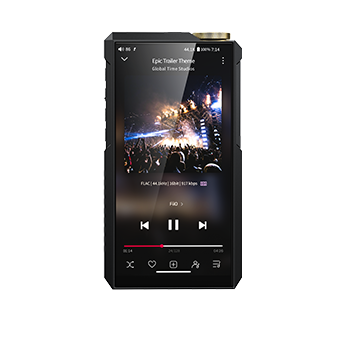
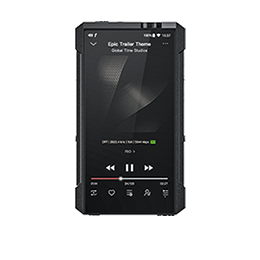
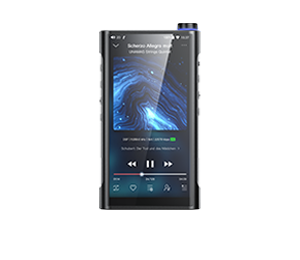
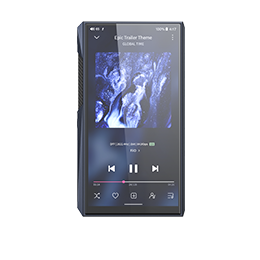
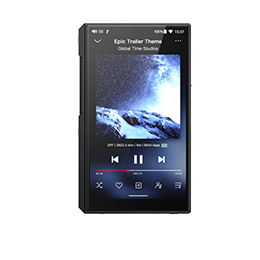



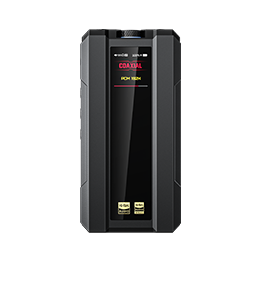
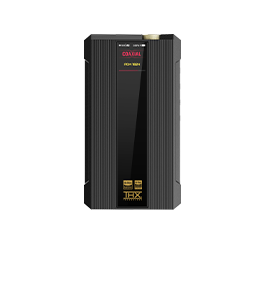
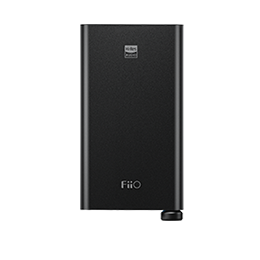
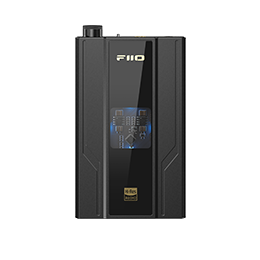




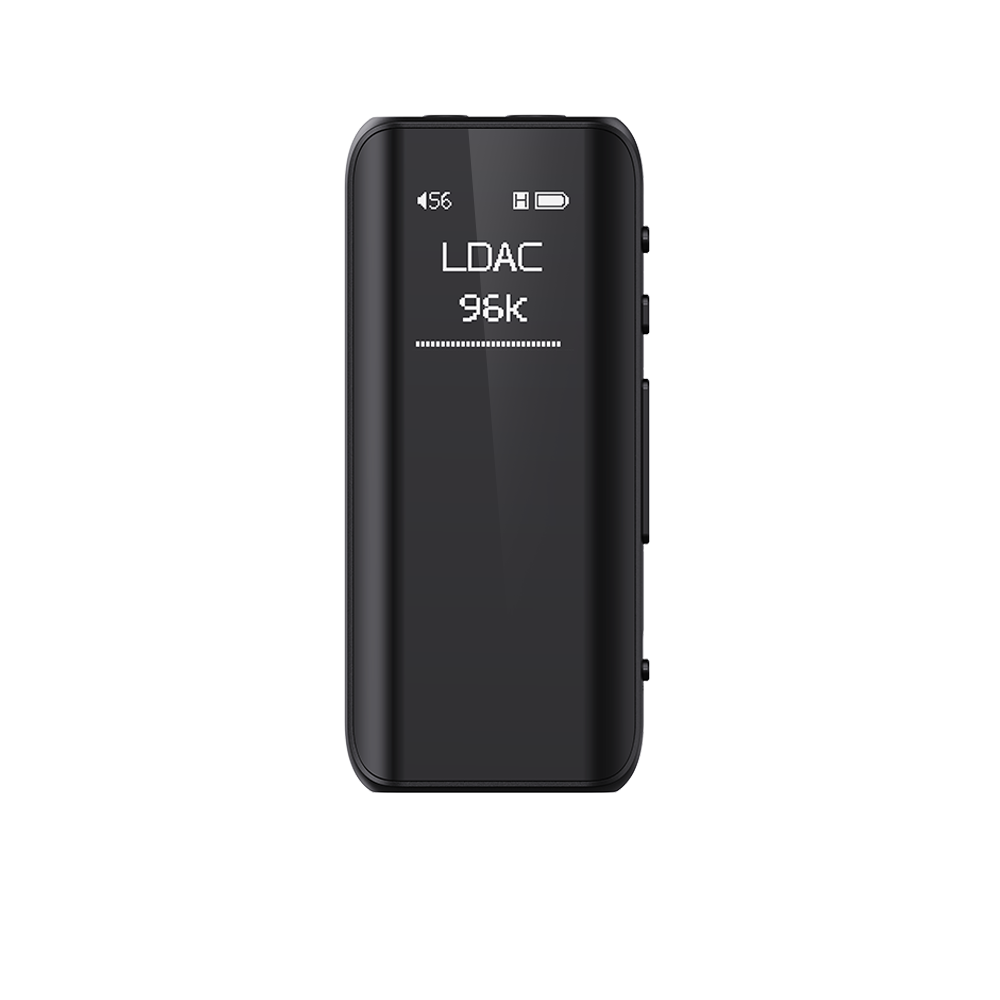
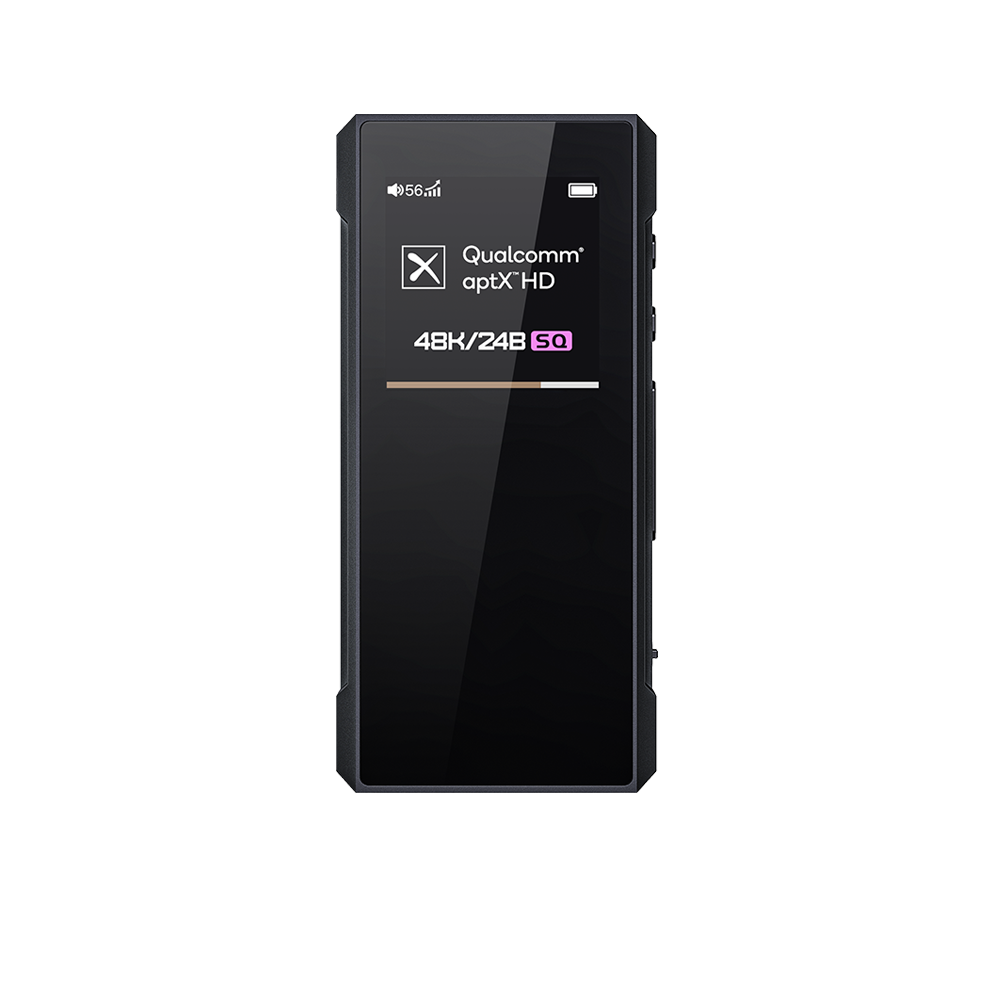
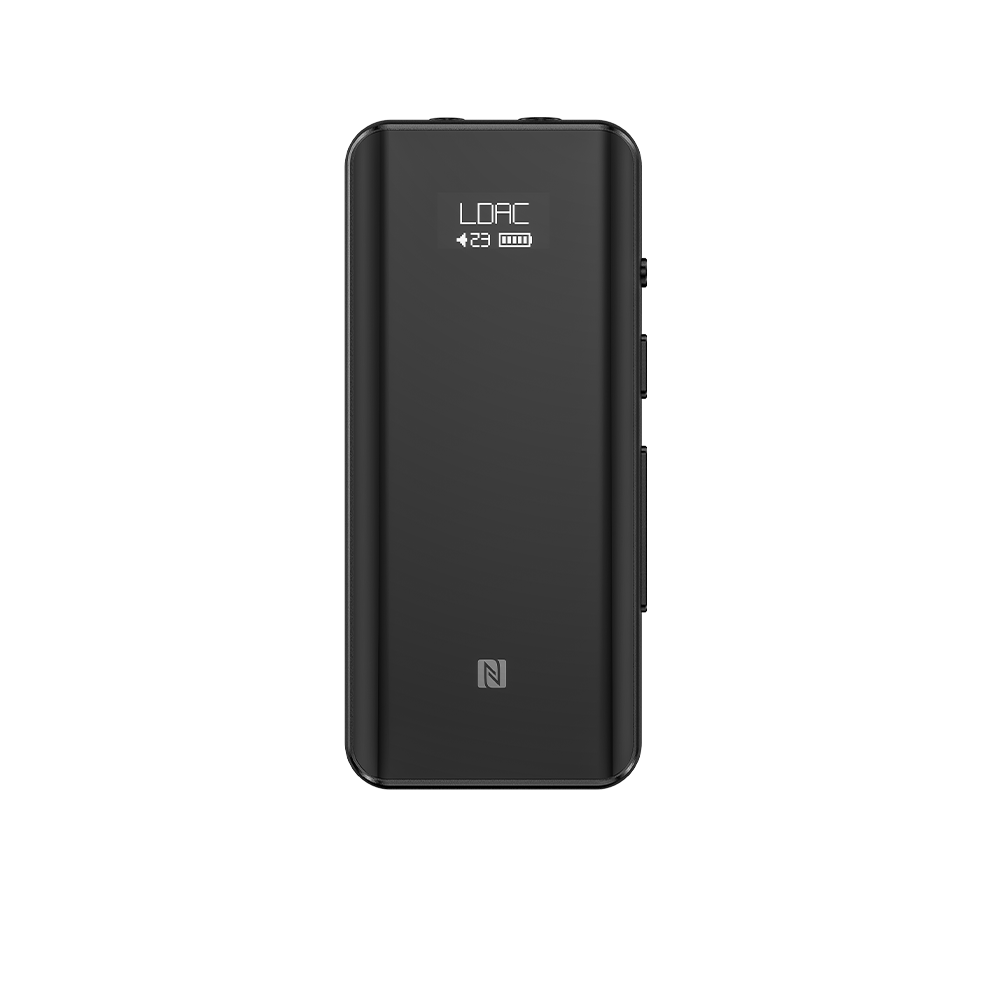
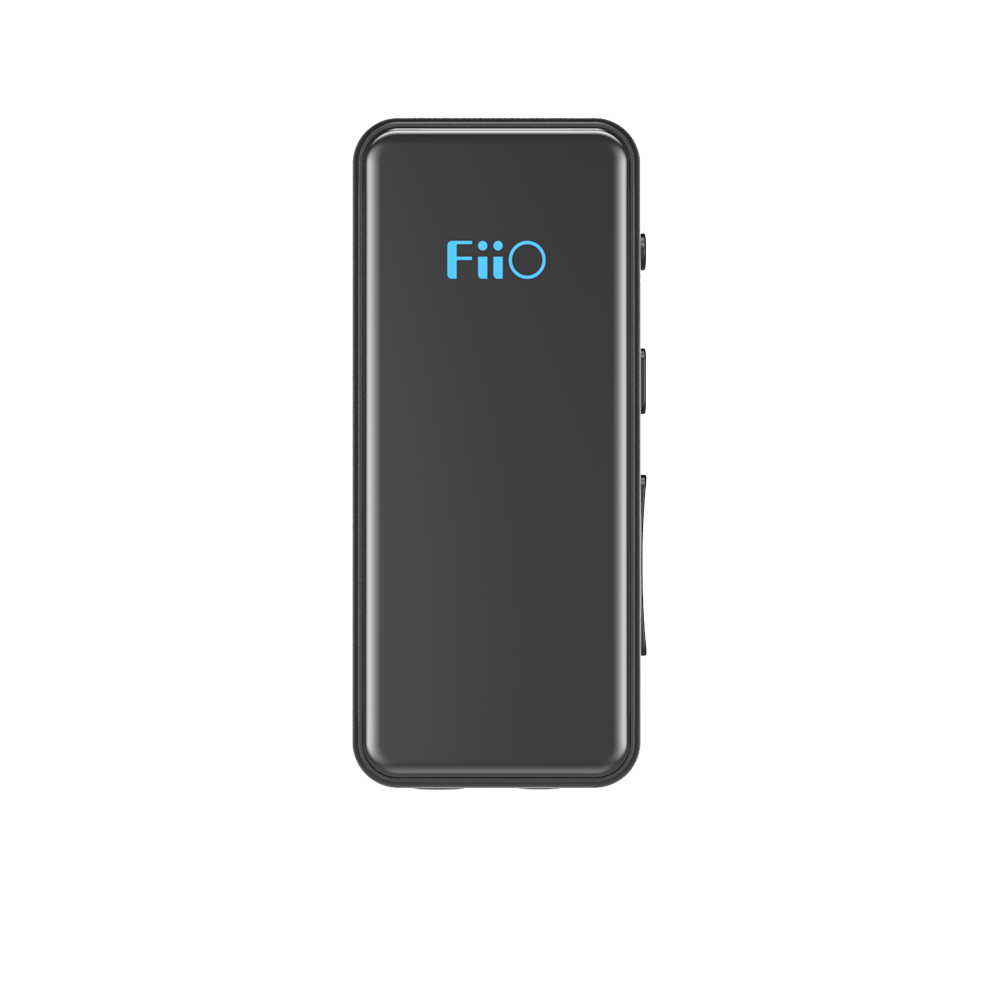
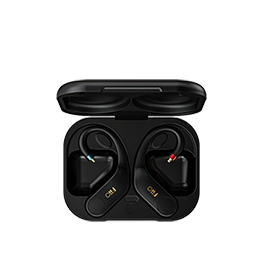
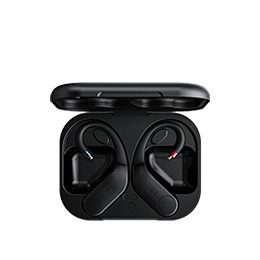




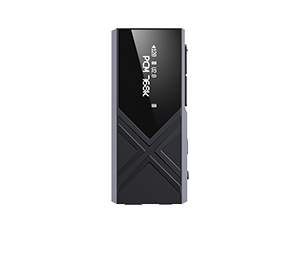

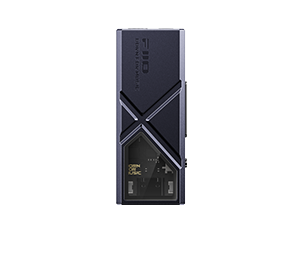
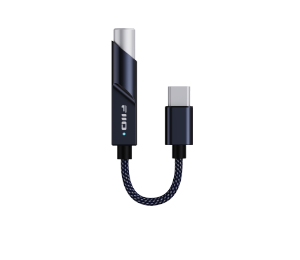










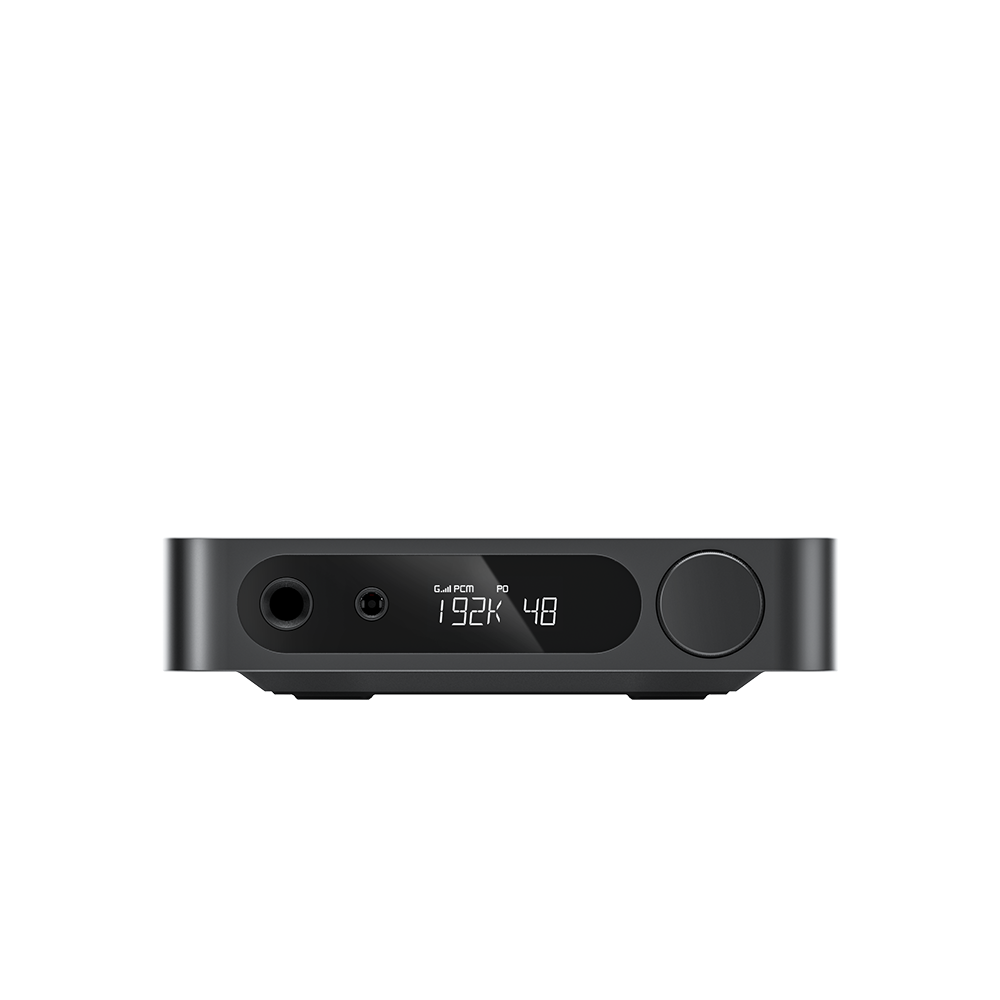
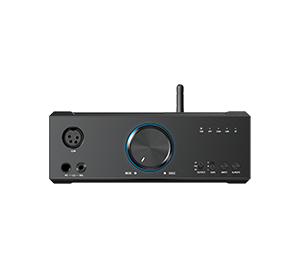
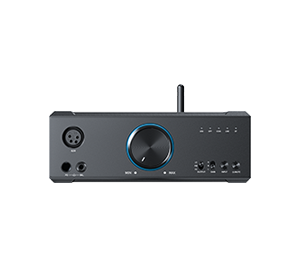
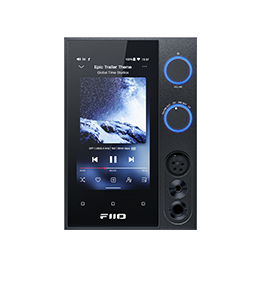
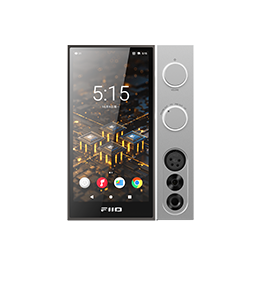


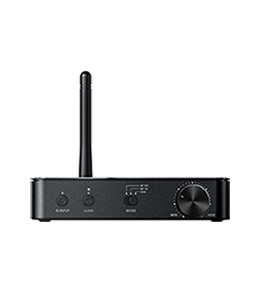
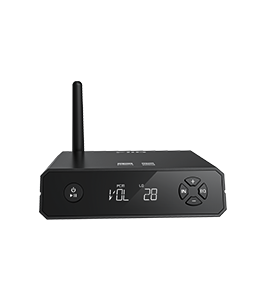
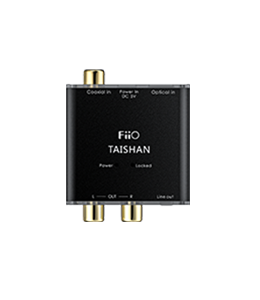



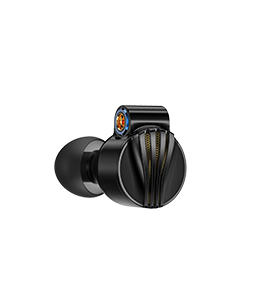
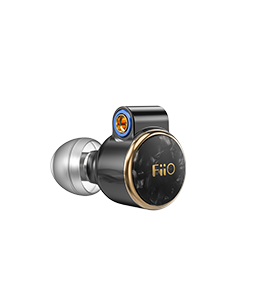
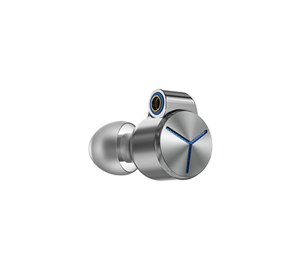
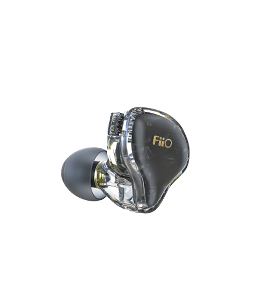
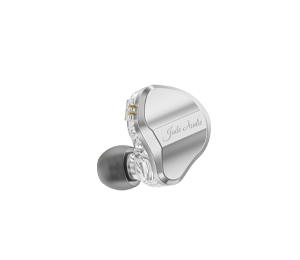
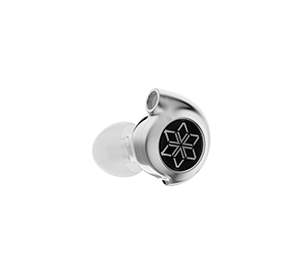

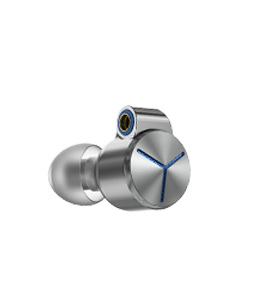

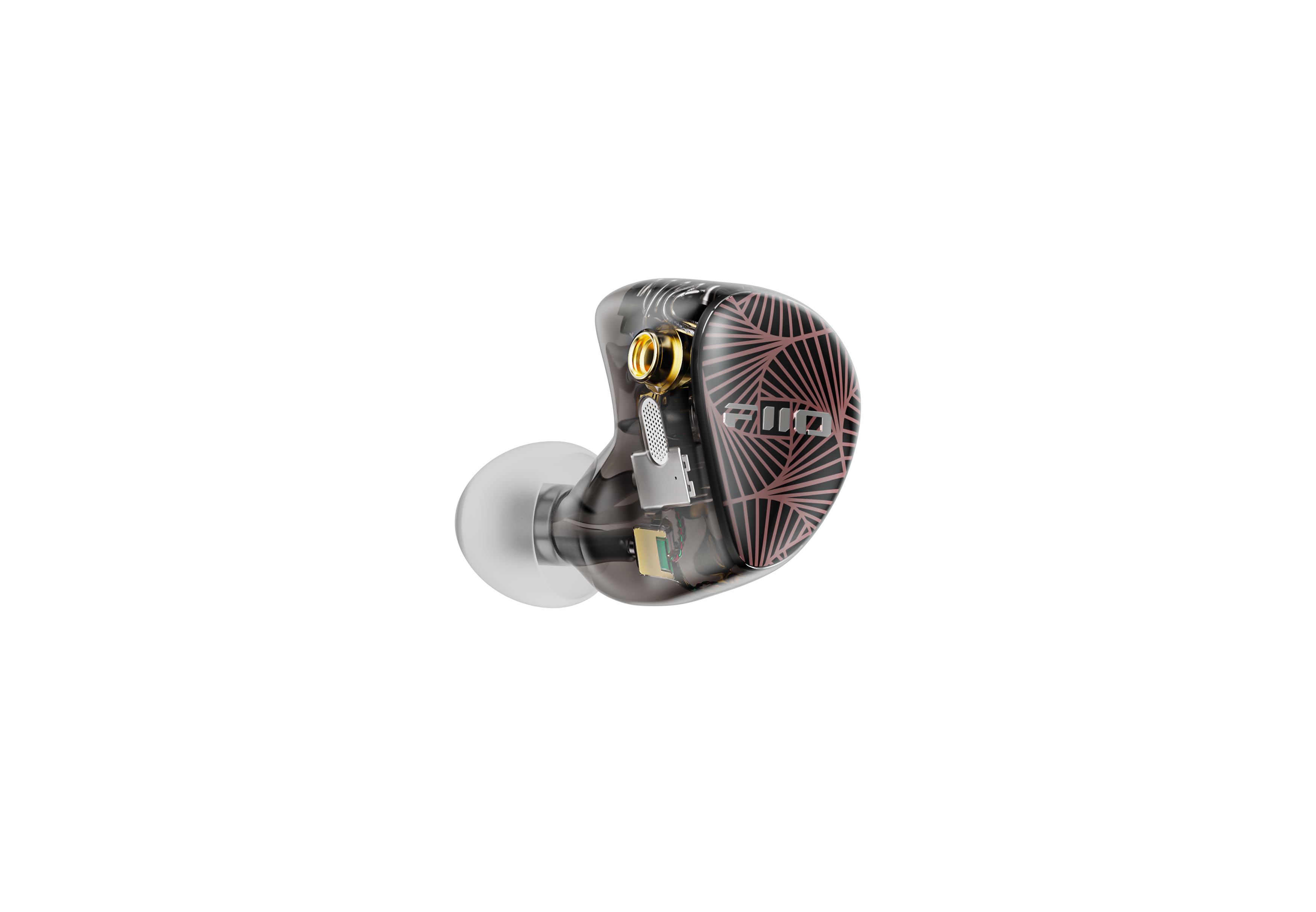


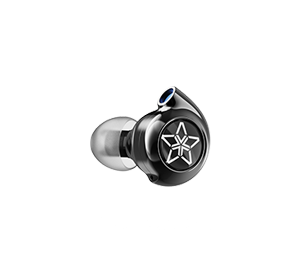

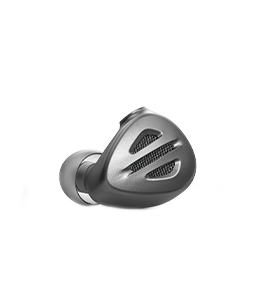
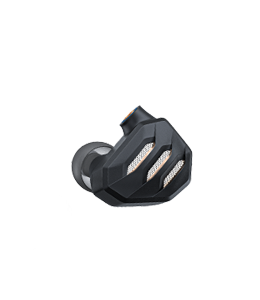
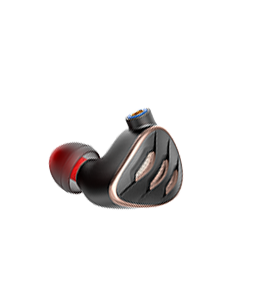
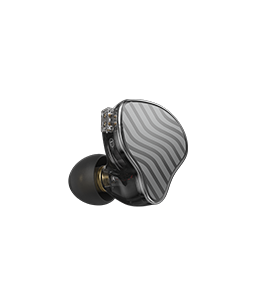
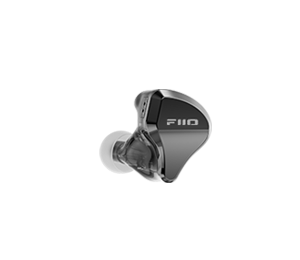


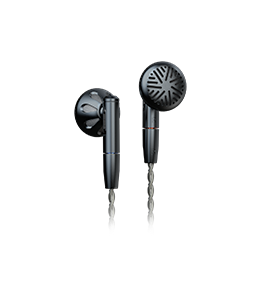
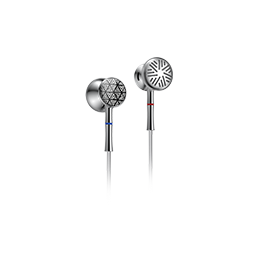
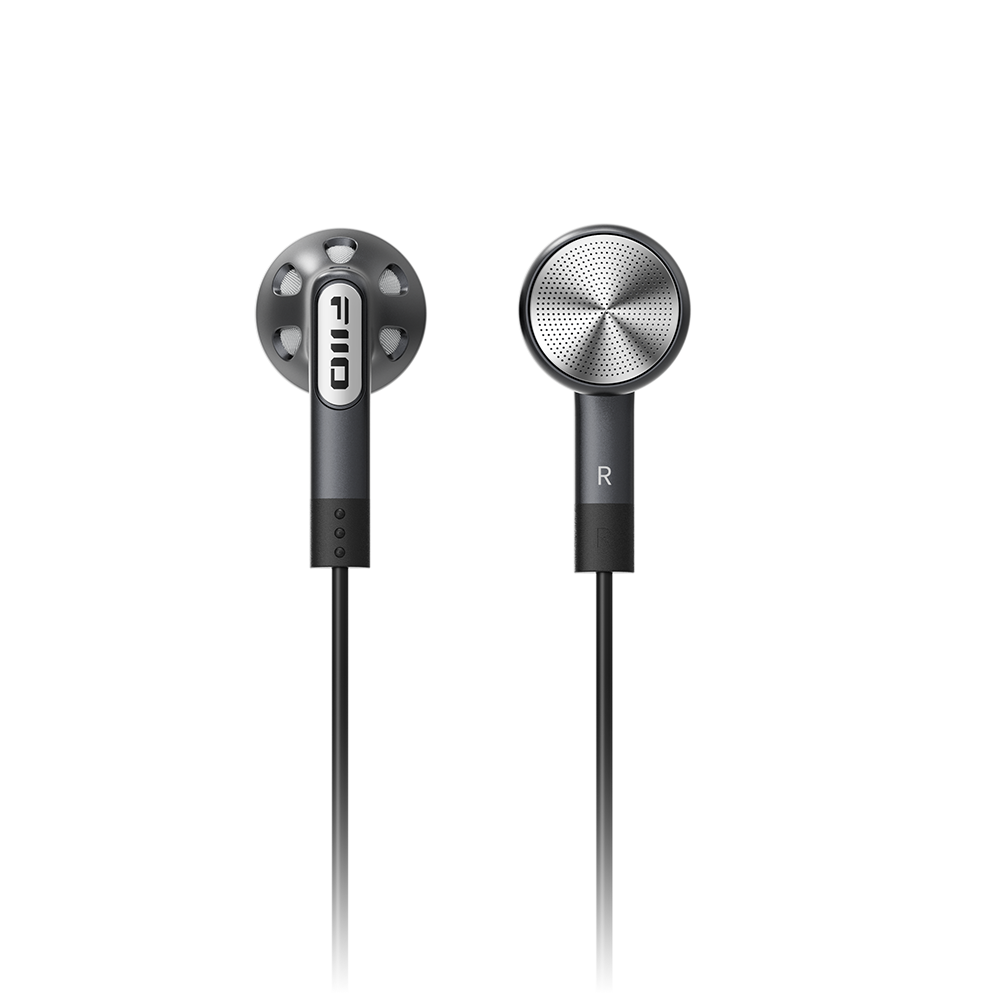
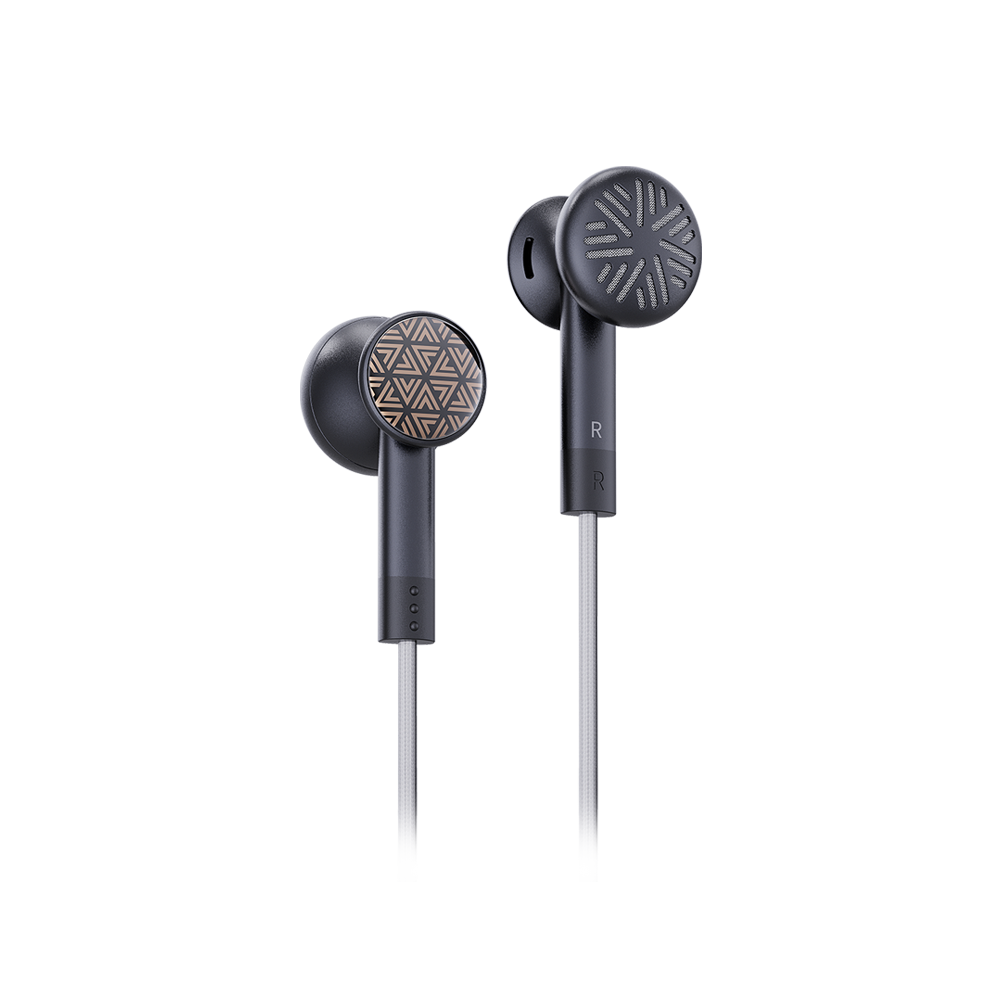









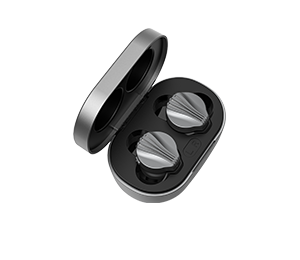
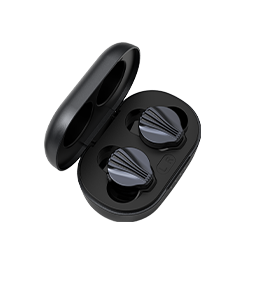
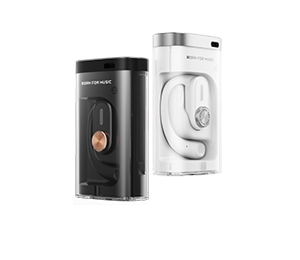




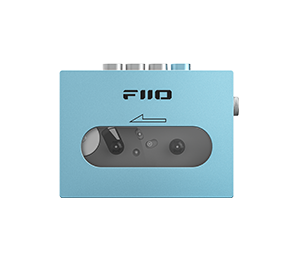



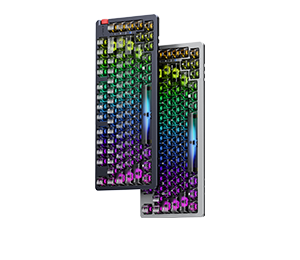
![[IMG]](https://redirect.viglink.com/?format=go&jsonp=vglnk_152197529421014&key=1e99669452acedd7650a94861c9354cb&libId=jf6oeuqs0101zlp1000DA3ee5spfq&loc=https%3A%2F%2Fwww.head-fi.org%2Fshowcase%2Ffiio-q5-flagship-bluetooth-and-dsd-capable-dac-amplifier.22846%2Frate-review&v=1&out=https%3A%2F%2Fcdn.head-fi.org%2Fa%2F10088498.jpg&ref=https%3A%2F%2Fwww.head-fi.org%2Fshowcase%2Ffiio-q5-flagship-bluetooth-and-dsd-capable-dac-amplifier.22846%2Freviews&title=Rate%20%26%20Review%3A%20FiiO%20Q5%20Flagship%20Bluetooth%20and%20DSD-Capable%20DAC%20%26%20Amplifier%20%7C%20Head-Fi.org&txt=ChrisBa_1.jpg)

![[IMG]](https://redirect.viglink.com/?format=go&jsonp=vglnk_152197575101416&key=1e99669452acedd7650a94861c9354cb&libId=jf6oeuqs0101zlp1000DA3ee5spfq&loc=https%3A%2F%2Fwww.head-fi.org%2Fshowcase%2Ffiio-q5-flagship-bluetooth-and-dsd-capable-dac-amplifier.22846%2Frate-review&v=1&out=https%3A%2F%2Fcdn.head-fi.org%2Fa%2F10088509.jpg&ref=https%3A%2F%2Fwww.head-fi.org%2Fshowcase%2Ffiio-q5-flagship-bluetooth-and-dsd-capable-dac-amplifier.22846%2Freviews&title=Rate%20%26%20Review%3A%20FiiO%20Q5%20Flagship%20Bluetooth%20and%20DSD-Capable%20DAC%20%26%20Amplifier%20%7C%20Head-Fi.org&txt=ChrisBa_2.jpg)
![[IMG]](https://redirect.viglink.com/?format=go&jsonp=vglnk_152197586515619&key=1e99669452acedd7650a94861c9354cb&libId=jf6oeuqs0101zlp1000DA3ee5spfq&loc=https%3A%2F%2Fwww.head-fi.org%2Fshowcase%2Ffiio-q5-flagship-bluetooth-and-dsd-capable-dac-amplifier.22846%2Frate-review&v=1&out=https%3A%2F%2Fcdn.head-fi.org%2Fa%2F10088510.jpg&ref=https%3A%2F%2Fwww.head-fi.org%2Fshowcase%2Ffiio-q5-flagship-bluetooth-and-dsd-capable-dac-amplifier.22846%2Freviews&title=Rate%20%26%20Review%3A%20FiiO%20Q5%20Flagship%20Bluetooth%20and%20DSD-Capable%20DAC%20%26%20Amplifier%20%7C%20Head-Fi.org&txt=ChrisBa_3.jpg)
![[IMG]](https://redirect.viglink.com/?format=go&jsonp=vglnk_152197590850820&key=1e99669452acedd7650a94861c9354cb&libId=jf6oeuqs0101zlp1000DA3ee5spfq&loc=https%3A%2F%2Fwww.head-fi.org%2Fshowcase%2Ffiio-q5-flagship-bluetooth-and-dsd-capable-dac-amplifier.22846%2Frate-review&v=1&out=https%3A%2F%2Fcdn.head-fi.org%2Fa%2F10088511.jpg&ref=https%3A%2F%2Fwww.head-fi.org%2Fshowcase%2Ffiio-q5-flagship-bluetooth-and-dsd-capable-dac-amplifier.22846%2Freviews&title=Rate%20%26%20Review%3A%20FiiO%20Q5%20Flagship%20Bluetooth%20and%20DSD-Capable%20DAC%20%26%20Amplifier%20%7C%20Head-Fi.org&txt=ChrisBa_4.jpg)
![[IMG]](https://redirect.viglink.com/?format=go&jsonp=vglnk_152197595928422&key=1e99669452acedd7650a94861c9354cb&libId=jf6oeuqs0101zlp1000DA3ee5spfq&loc=https%3A%2F%2Fwww.head-fi.org%2Fshowcase%2Ffiio-q5-flagship-bluetooth-and-dsd-capable-dac-amplifier.22846%2Frate-review&v=1&out=https%3A%2F%2Fcdn.head-fi.org%2Fa%2F10088512.jpg&ref=https%3A%2F%2Fwww.head-fi.org%2Fshowcase%2Ffiio-q5-flagship-bluetooth-and-dsd-capable-dac-amplifier.22846%2Freviews&title=Rate%20%26%20Review%3A%20FiiO%20Q5%20Flagship%20Bluetooth%20and%20DSD-Capable%20DAC%20%26%20Amplifier%20%7C%20Head-Fi.org&txt=ChrisBa_5.jpg)

![[IMG]](https://redirect.viglink.com/?format=go&jsonp=vglnk_152197619885224&key=1e99669452acedd7650a94861c9354cb&libId=jf6oeuqs0101zlp1000DA3ee5spfq&loc=https%3A%2F%2Fwww.head-fi.org%2Fshowcase%2Ffiio-q5-flagship-bluetooth-and-dsd-capable-dac-amplifier.22846%2Frate-review&v=1&out=https%3A%2F%2Fcdn.head-fi.org%2Fa%2F10088516.jpg&ref=https%3A%2F%2Fwww.head-fi.org%2Fshowcase%2Ffiio-q5-flagship-bluetooth-and-dsd-capable-dac-amplifier.22846%2Freviews&title=Rate%20%26%20Review%3A%20FiiO%20Q5%20Flagship%20Bluetooth%20and%20DSD-Capable%20DAC%20%26%20Amplifier%20%7C%20Head-Fi.org&txt=ChrisBa_6.jpg)
![[IMG]](https://redirect.viglink.com/?format=go&jsonp=vglnk_152197662058628&key=1e99669452acedd7650a94861c9354cb&libId=jf6oeuqs0101zlp1000DA3ee5spfq&loc=https%3A%2F%2Fwww.head-fi.org%2Fshowcase%2Ffiio-q5-flagship-bluetooth-and-dsd-capable-dac-amplifier.22846%2Frate-review&v=1&out=https%3A%2F%2Fcdn.head-fi.org%2Fa%2F10088519.jpg&ref=https%3A%2F%2Fwww.head-fi.org%2Fshowcase%2Ffiio-q5-flagship-bluetooth-and-dsd-capable-dac-amplifier.22846%2Freviews&title=Rate%20%26%20Review%3A%20FiiO%20Q5%20Flagship%20Bluetooth%20and%20DSD-Capable%20DAC%20%26%20Amplifier%20%7C%20Head-Fi.org&txt=ChrisBa_7.jpg)
![[IMG]](https://redirect.viglink.com/?format=go&jsonp=vglnk_152197679065830&key=1e99669452acedd7650a94861c9354cb&libId=jf6oeuqs0101zlp1000DA3ee5spfq&loc=https%3A%2F%2Fwww.head-fi.org%2Fshowcase%2Ffiio-q5-flagship-bluetooth-and-dsd-capable-dac-amplifier.22846%2Frate-review&v=1&out=https%3A%2F%2Fcdn.head-fi.org%2Fa%2F10088521.jpg&ref=https%3A%2F%2Fwww.head-fi.org%2Fshowcase%2Ffiio-q5-flagship-bluetooth-and-dsd-capable-dac-amplifier.22846%2Freviews&title=Rate%20%26%20Review%3A%20FiiO%20Q5%20Flagship%20Bluetooth%20and%20DSD-Capable%20DAC%20%26%20Amplifier%20%7C%20Head-Fi.org&txt=ChrisBa_8.jpg)
![[IMG]](https://redirect.viglink.com/?format=go&jsonp=vglnk_152197688661833&key=1e99669452acedd7650a94861c9354cb&libId=jf6oeuqs0101zlp1000DA3ee5spfq&loc=https%3A%2F%2Fwww.head-fi.org%2Fshowcase%2Ffiio-q5-flagship-bluetooth-and-dsd-capable-dac-amplifier.22846%2Frate-review&v=1&out=https%3A%2F%2Fcdn.head-fi.org%2Fa%2F10088522.jpg&ref=https%3A%2F%2Fwww.head-fi.org%2Fshowcase%2Ffiio-q5-flagship-bluetooth-and-dsd-capable-dac-amplifier.22846%2Freviews&title=Rate%20%26%20Review%3A%20FiiO%20Q5%20Flagship%20Bluetooth%20and%20DSD-Capable%20DAC%20%26%20Amplifier%20%7C%20Head-Fi.org&txt=ChrisBa_9.jpg)
![[IMG]](https://redirect.viglink.com/?format=go&jsonp=vglnk_152197691604234&key=1e99669452acedd7650a94861c9354cb&libId=jf6oeuqs0101zlp1000DA3ee5spfq&loc=https%3A%2F%2Fwww.head-fi.org%2Fshowcase%2Ffiio-q5-flagship-bluetooth-and-dsd-capable-dac-amplifier.22846%2Frate-review&v=1&out=https%3A%2F%2Fcdn.head-fi.org%2Fa%2F10088523.jpg&ref=https%3A%2F%2Fwww.head-fi.org%2Fshowcase%2Ffiio-q5-flagship-bluetooth-and-dsd-capable-dac-amplifier.22846%2Freviews&title=Rate%20%26%20Review%3A%20FiiO%20Q5%20Flagship%20Bluetooth%20and%20DSD-Capable%20DAC%20%26%20Amplifier%20%7C%20Head-Fi.org&txt=ChrisBa_10.jpg)









